If your bathroom sink is clogged, the first thing you should try is using a plunger. This trusty tool is not just for toilets, it can also be used to clear a clogged sink drain. Make sure to cover the overflow hole (if your sink has one) with a wet cloth or tape before plunging. This creates more pressure and helps to dislodge the clog. Plunge up and down several times, then check to see if the water is draining properly. If not, move on to the next method.1. Use a Plunger
If the plunger didn't work, try pouring a pot of boiling water down the drain. This can help to melt away any grease or soap buildup that may be causing the clog. For an added boost, you can also add a half cup of salt to the boiling water before pouring it down the drain. Let it sit for a few minutes before flushing with hot tap water.2. Pour Boiling Water Down the Drain
This classic combination can work wonders on a clogged bathroom sink. Start by pouring a cup of baking soda down the drain, followed by a cup of white vinegar. Cover the drain with a wet cloth or plug and let the mixture sit for about 30 minutes. Then, flush the drain with hot water. The chemical reaction between the baking soda and vinegar can help to break up and dissolve any buildup causing the clog.3. Use a Mixture of Baking Soda and Vinegar
If the above methods haven't worked, you can try using a commercial drain cleaner. These products are specifically designed to break up clogs and clear drain pipes. However, they can be harsh and may damage your pipes if used too frequently. Make sure to follow the instructions carefully and use gloves and eye protection when handling these products.4. Try a Commercial Drain Cleaner
If there is a stubborn clog that won't budge, a plumbing snake can be a helpful tool. Insert the snake into the drain and twist it while pushing it further into the pipe. This will help to break up the clog and allow it to be flushed out. If you don't have a plumbing snake, you can also try using a wire coat hanger, straightened out and bent into a hook shape.5. Use a Plumbing Snake
The sink stopper is a common culprit for bathroom sink clogs. Hair, soap, and other debris can build up around it, causing the water to drain slowly or not at all. If you can easily access the stopper, remove it and clean it thoroughly. You can use a toothbrush or a small brush to scrub away any buildup. Then, reassemble and test the drain.6. Remove and Clean the Sink Stopper
If you have a wet/dry vacuum, you can try using it to suck out the clog from the drain. Make sure to cover the vent and seal the vacuum around the drain opening for maximum suction. This method may not work for all types of clogs, but it's worth a try before moving on to more drastic measures.7. Use a Wet/Dry Vacuum
If you prefer to use natural methods, you can make your own drain cleaner using simple household ingredients. Mix together a half cup of salt and half cup of baking soda, then pour it down the drain. Let it sit for a few minutes before flushing with hot water. The abrasive action of the salt and baking soda can help to loosen and break up clogs.8. Try a Homemade Drain Cleaner with Salt and Baking Soda
For an extra powerful homemade drain cleaner, you can combine the above method with the baking soda and vinegar method. First, pour a cup of baking soda down the drain, followed by a cup of salt. Then, pour a cup of vinegar down the drain and let it sit for about 30 minutes before flushing with hot water. This combination can help to dissolve tough clogs and leave your drain smelling fresh.9. Use a Combination of Salt, Baking Soda, and Vinegar
If all else fails, it may be time to call in the professionals. A licensed plumber will have the tools and expertise to tackle even the toughest bathroom sink clogs. They may also be able to identify and fix any underlying issues with your plumbing that may be causing frequent clogs. It may cost more than trying DIY methods, but it can save you time, frustration, and potential damage to your pipes. Having a clogged bathroom sink drain can be a major inconvenience, but with these top 10 best ways to unstop it, you can quickly get things flowing again. Remember to try the more gentle methods first and avoid using harsh chemicals too frequently. With proper maintenance and occasional deep cleaning, you can prevent clogs and keep your bathroom sink draining smoothly.10. Call a Professional Plumber
Unstopping a Bathroom Sink Drain: Simple and Effective Methods

Why is a Clogged Bathroom Sink Drain a Common Problem?
 A clogged bathroom sink drain is a common household problem that can be caused by a variety of factors. Hair, soap residue, and toothpaste buildup are the most common culprits, along with other debris that can accumulate over time. This buildup can eventually lead to a slow draining sink or even a completely clogged drain, making it difficult to use the sink for daily tasks. Fortunately, there are several simple and effective methods that can help you unstop your bathroom sink drain.
A clogged bathroom sink drain is a common household problem that can be caused by a variety of factors. Hair, soap residue, and toothpaste buildup are the most common culprits, along with other debris that can accumulate over time. This buildup can eventually lead to a slow draining sink or even a completely clogged drain, making it difficult to use the sink for daily tasks. Fortunately, there are several simple and effective methods that can help you unstop your bathroom sink drain.
The Plunger Method
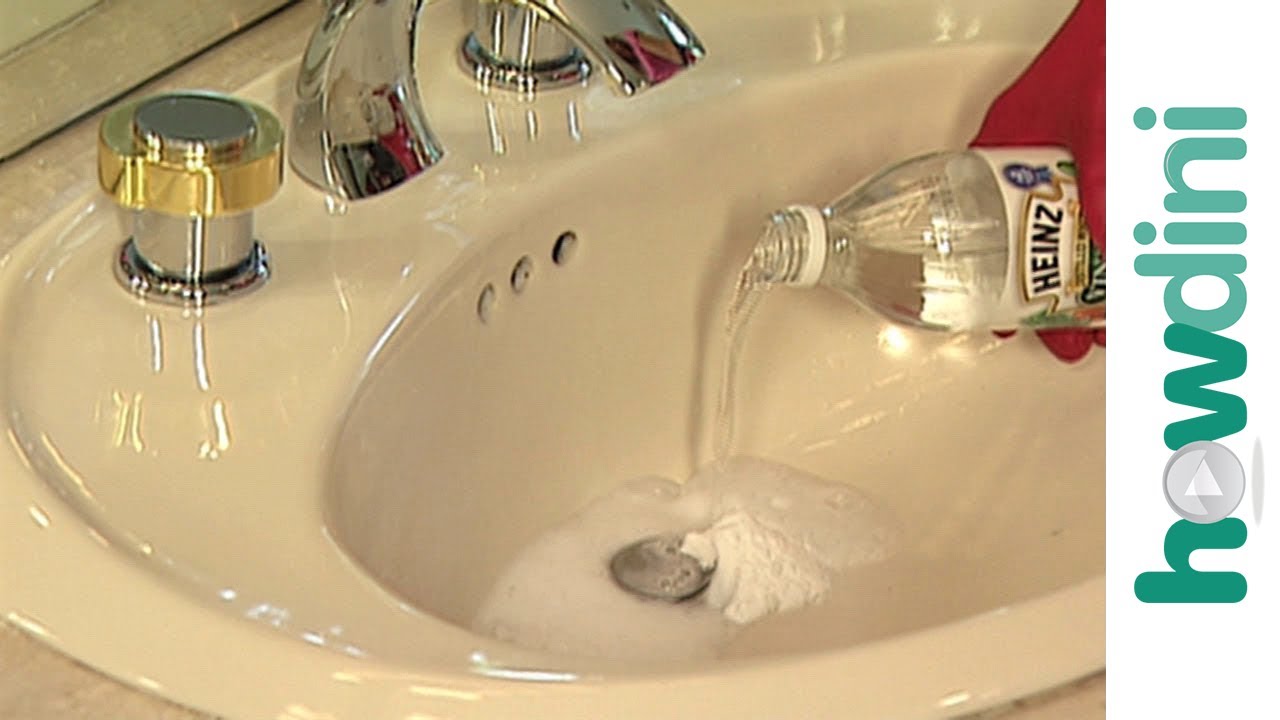 Plunging
is a tried and true method for unclogging a bathroom sink drain. To do this, you will need a
plunger
, which can be found at any hardware store. Begin by filling the sink with enough water to cover the head of the plunger. Hold a
washcloth
tightly around the overflow opening to create a seal. Place the plunger over the drain and push down and up vigorously. Repeat this motion several times until the clog is dislodged and the water begins to drain.
Plunging
is a tried and true method for unclogging a bathroom sink drain. To do this, you will need a
plunger
, which can be found at any hardware store. Begin by filling the sink with enough water to cover the head of the plunger. Hold a
washcloth
tightly around the overflow opening to create a seal. Place the plunger over the drain and push down and up vigorously. Repeat this motion several times until the clog is dislodged and the water begins to drain.
Using a Drain Snake
:max_bytes(150000):strip_icc()/freshen-and-unclog-drain-with-baking-soda-1900466-22-bbf940b70afa4d5abef0c54da23b1d3f.jpg) If plunging doesn't work, you may need to use a
drain snake
to physically remove the clog. A drain snake is a long, flexible tool with a coiled wire at the end. Insert the snake into the drain and twist it as you push it down. When you feel resistance, continue twisting and pushing until you feel the clog break apart. Pull out the snake and run hot water down the drain to flush out any remaining debris.
If plunging doesn't work, you may need to use a
drain snake
to physically remove the clog. A drain snake is a long, flexible tool with a coiled wire at the end. Insert the snake into the drain and twist it as you push it down. When you feel resistance, continue twisting and pushing until you feel the clog break apart. Pull out the snake and run hot water down the drain to flush out any remaining debris.
Making a DIY Drain Cleaner
 For a more natural approach, you can make a
DIY drain cleaner
using ingredients you already have at home. Mix equal parts
baking soda
and
white vinegar
and pour it down the drain. The chemical reaction between the two ingredients will help break down the clog. Let it sit for about 30 minutes, then pour hot water down the drain to flush it out.
For a more natural approach, you can make a
DIY drain cleaner
using ingredients you already have at home. Mix equal parts
baking soda
and
white vinegar
and pour it down the drain. The chemical reaction between the two ingredients will help break down the clog. Let it sit for about 30 minutes, then pour hot water down the drain to flush it out.
Hiring a Professional
 If all else fails, it may be time to call in a professional plumber. They have specialized tools and expertise to effectively unclog your bathroom sink drain. They can also inspect your pipes for any potential issues and provide preventative maintenance tips to avoid future clogs.
If all else fails, it may be time to call in a professional plumber. They have specialized tools and expertise to effectively unclog your bathroom sink drain. They can also inspect your pipes for any potential issues and provide preventative maintenance tips to avoid future clogs.
Preventing Future Clogs
 To prevent future clogs, consider using a
hair catcher
in your sink drain to catch hair and other debris. Avoid pouring grease or oil down the drain, as they can solidify and cause clogs. Regularly flushing your drain with hot water can also help prevent buildup.
To prevent future clogs, consider using a
hair catcher
in your sink drain to catch hair and other debris. Avoid pouring grease or oil down the drain, as they can solidify and cause clogs. Regularly flushing your drain with hot water can also help prevent buildup.
In Conclusion
 A clogged bathroom sink drain can be a nuisance, but with these simple and effective methods, you can easily unstop it. Remember to regularly maintain your sink drain to avoid future clogs. If the problem persists, don't hesitate to call a professional. With proper care and maintenance, your bathroom sink drain will stay clear and functional for years to come.
A clogged bathroom sink drain can be a nuisance, but with these simple and effective methods, you can easily unstop it. Remember to regularly maintain your sink drain to avoid future clogs. If the problem persists, don't hesitate to call a professional. With proper care and maintenance, your bathroom sink drain will stay clear and functional for years to come.
HTML Code:

Unstopping a Bathroom Sink Drain: Simple and Effective Methods

Why is a Clogged Bathroom Sink Drain a Common Problem?

A clogged bathroom sink drain is a common household problem that can be caused by a variety of factors. Hair , soap residue , and toothpaste buildup are the most common culprits, along with other debris that can accumulate over time. This buildup can eventually lead to a slow draining sink or even a completely clogged drain, making it difficult to use the sink for daily tasks. Fortunately, there are several simple and effective methods that can help you unstop your bathroom sink drain.
The Plunger Method

Plunging is a tried and true method for unclogging a bathroom sink drain. To do this, you will need a plunger , which can be found at any hardware store. Begin by filling the sink with enough water to cover the head of the plunger. Hold a washcloth tightly around the overflow opening to create a seal. Place the plunger over the drain and push down and up vigorously. Repeat this motion several times until the clog is dislodged and the water begins to drain.
Using a Drain Snake

If plunging








/unclogging-a-toilet-with-a-plunger-2719030_V5-303d627018ab4a99956f4076a418093f.gif)
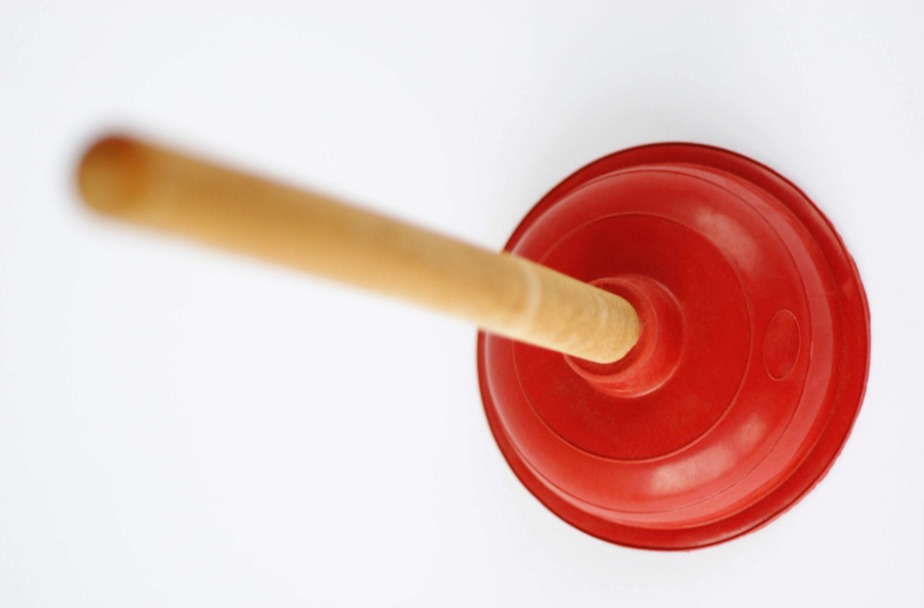
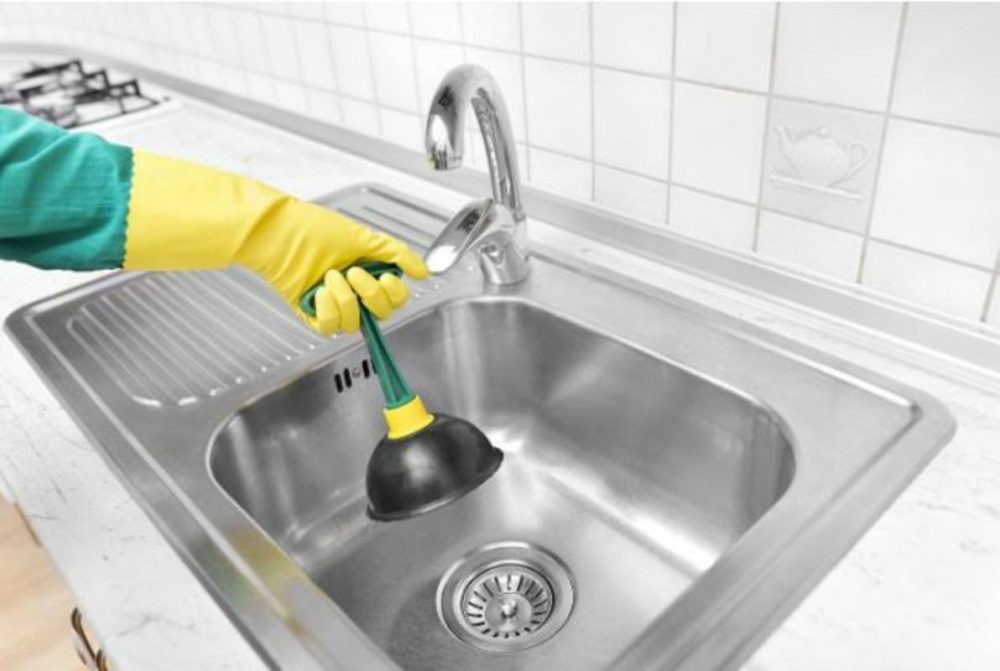

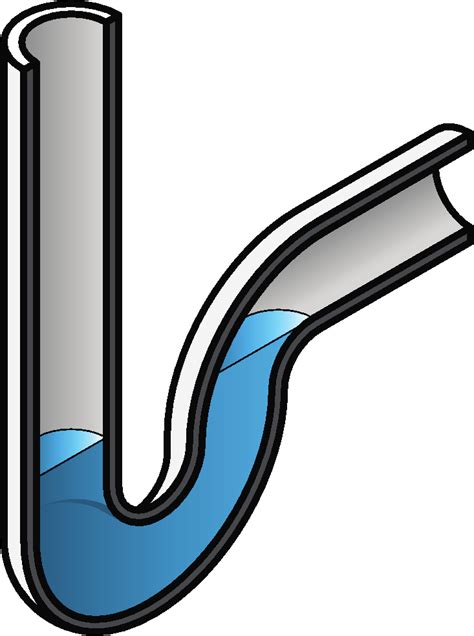


.jpg?time=1689761045394)
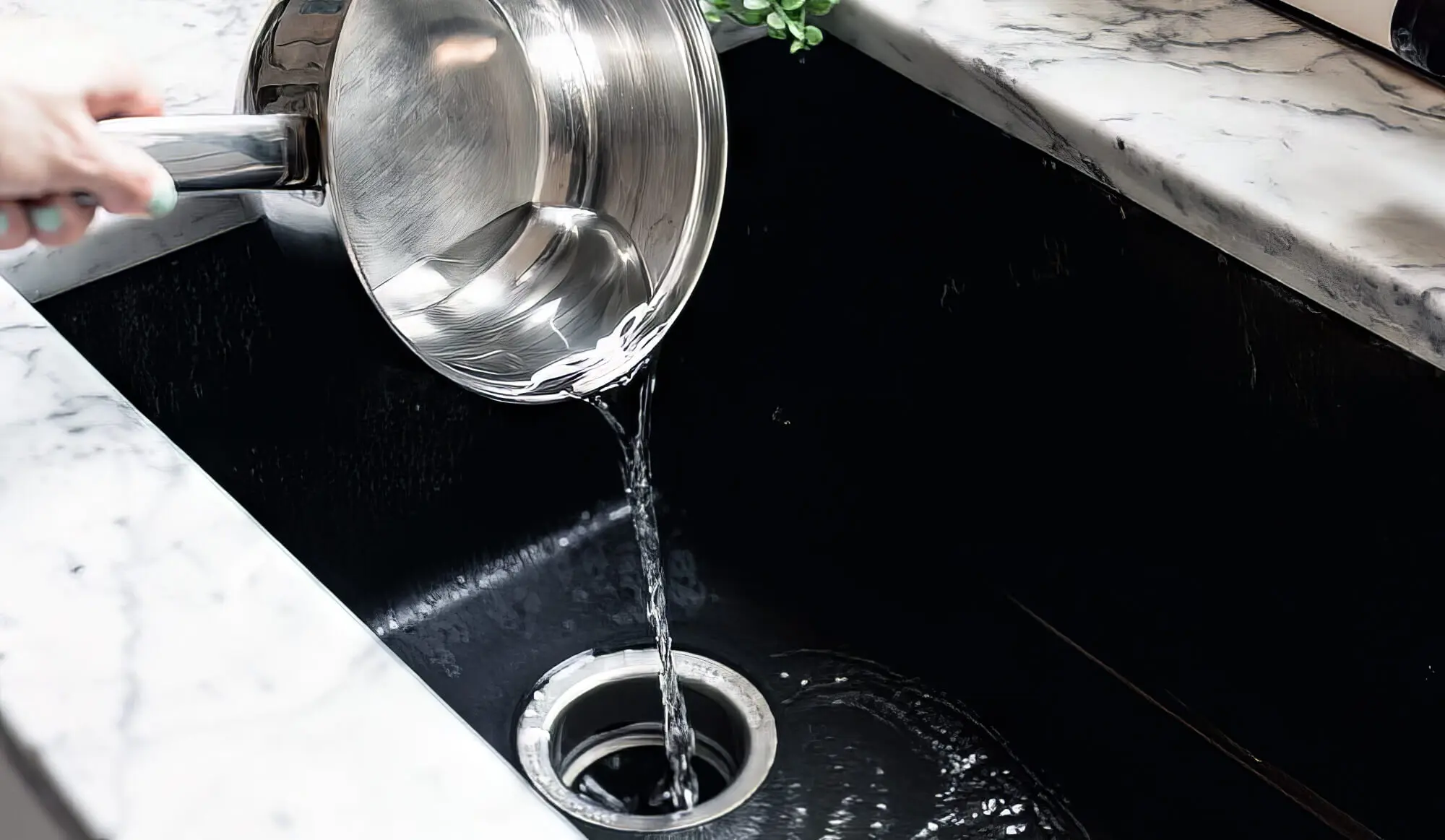

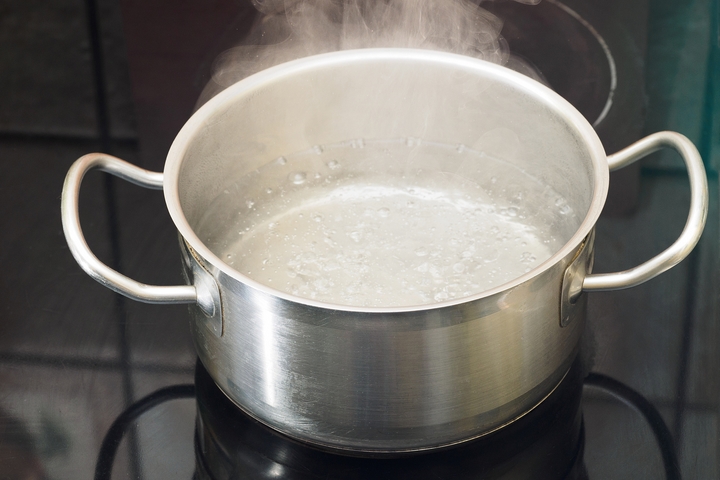

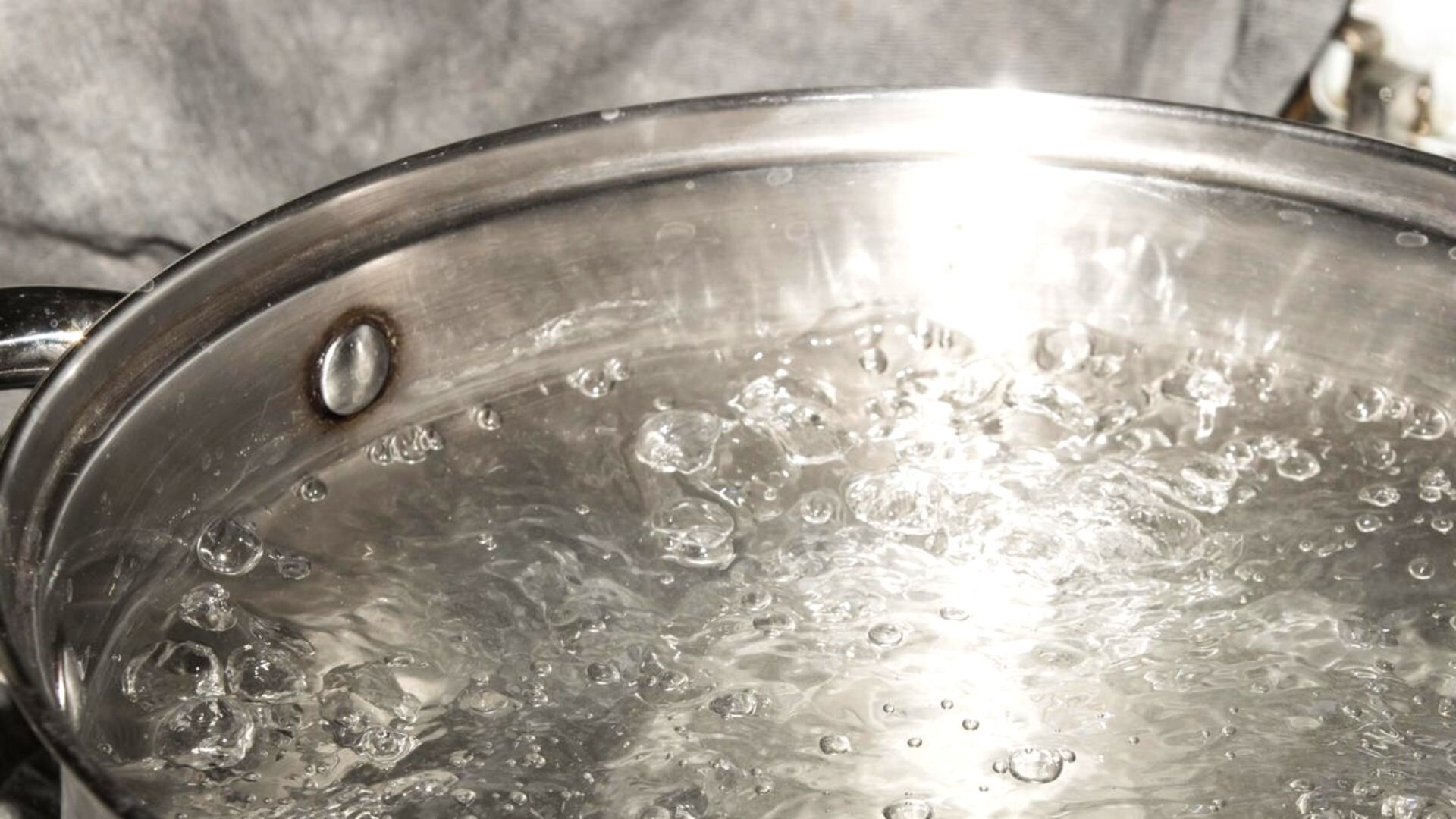
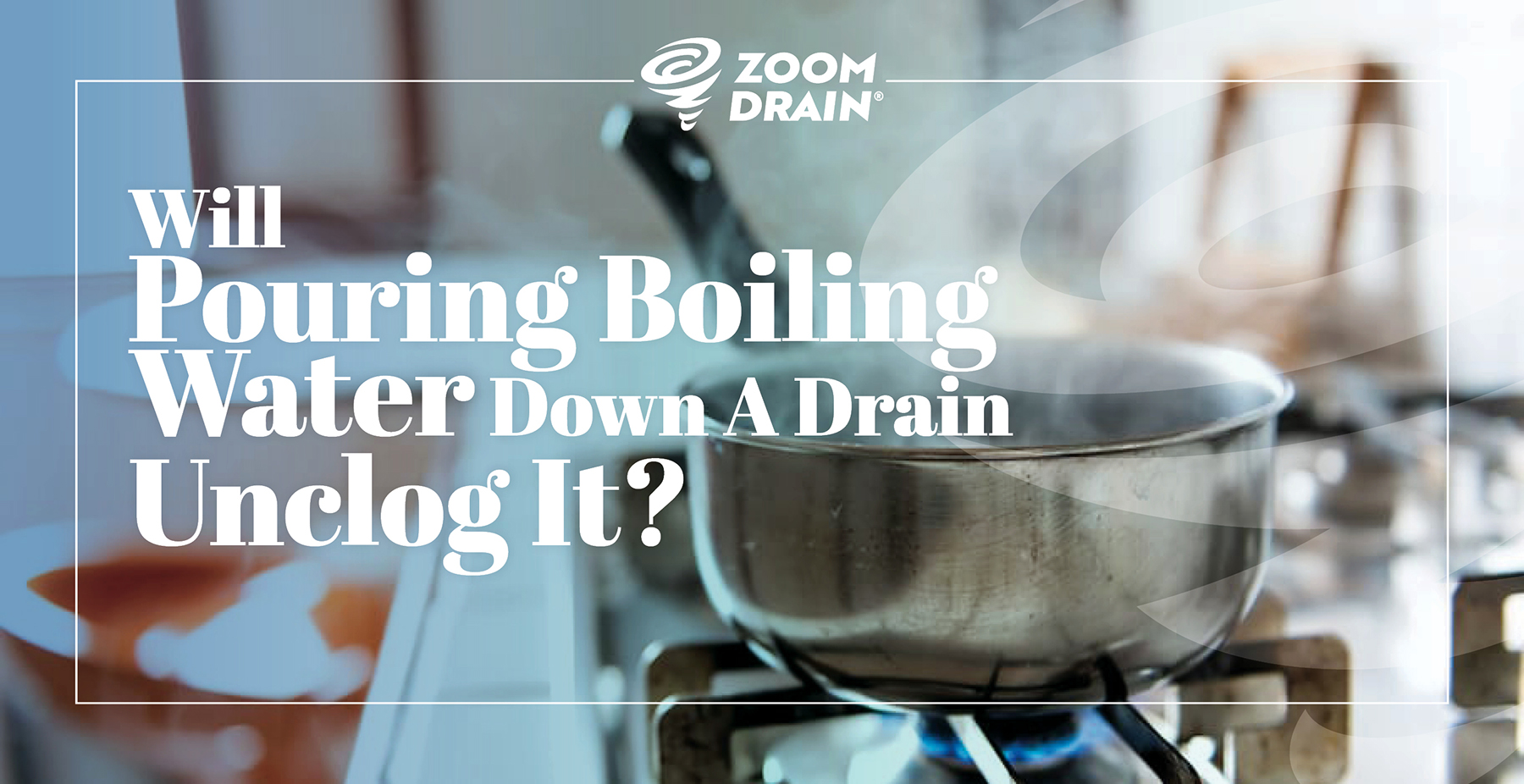

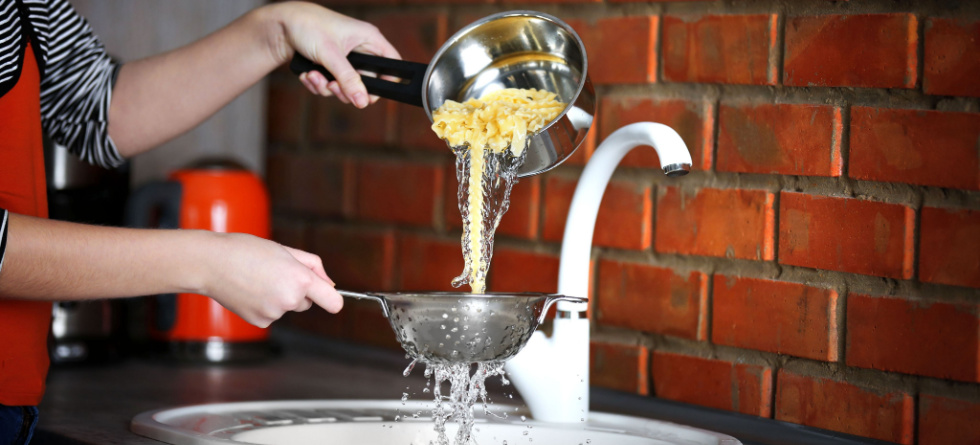











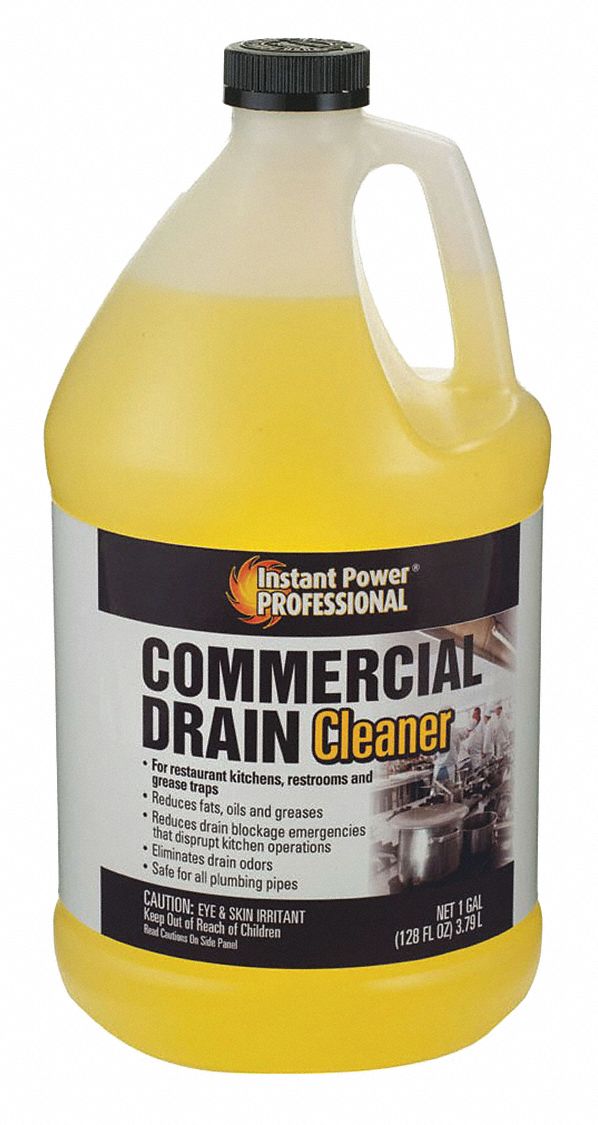




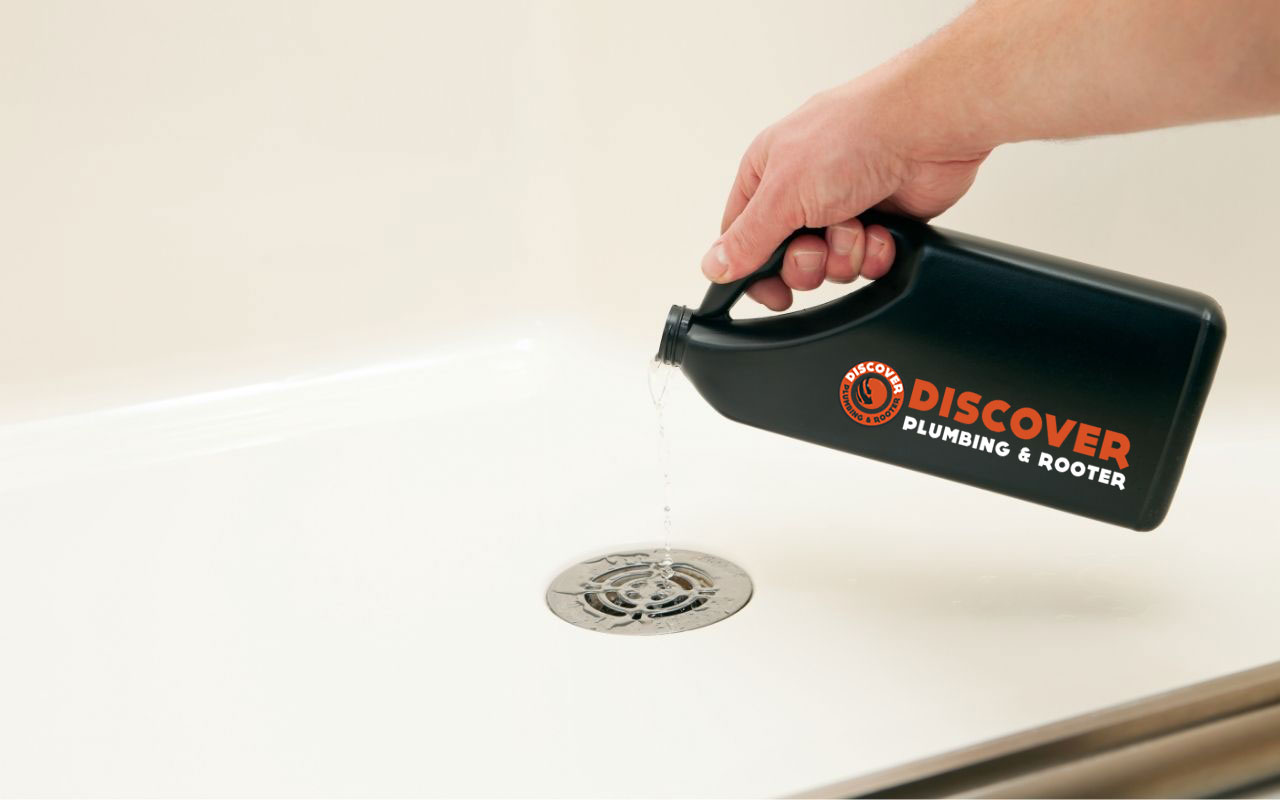

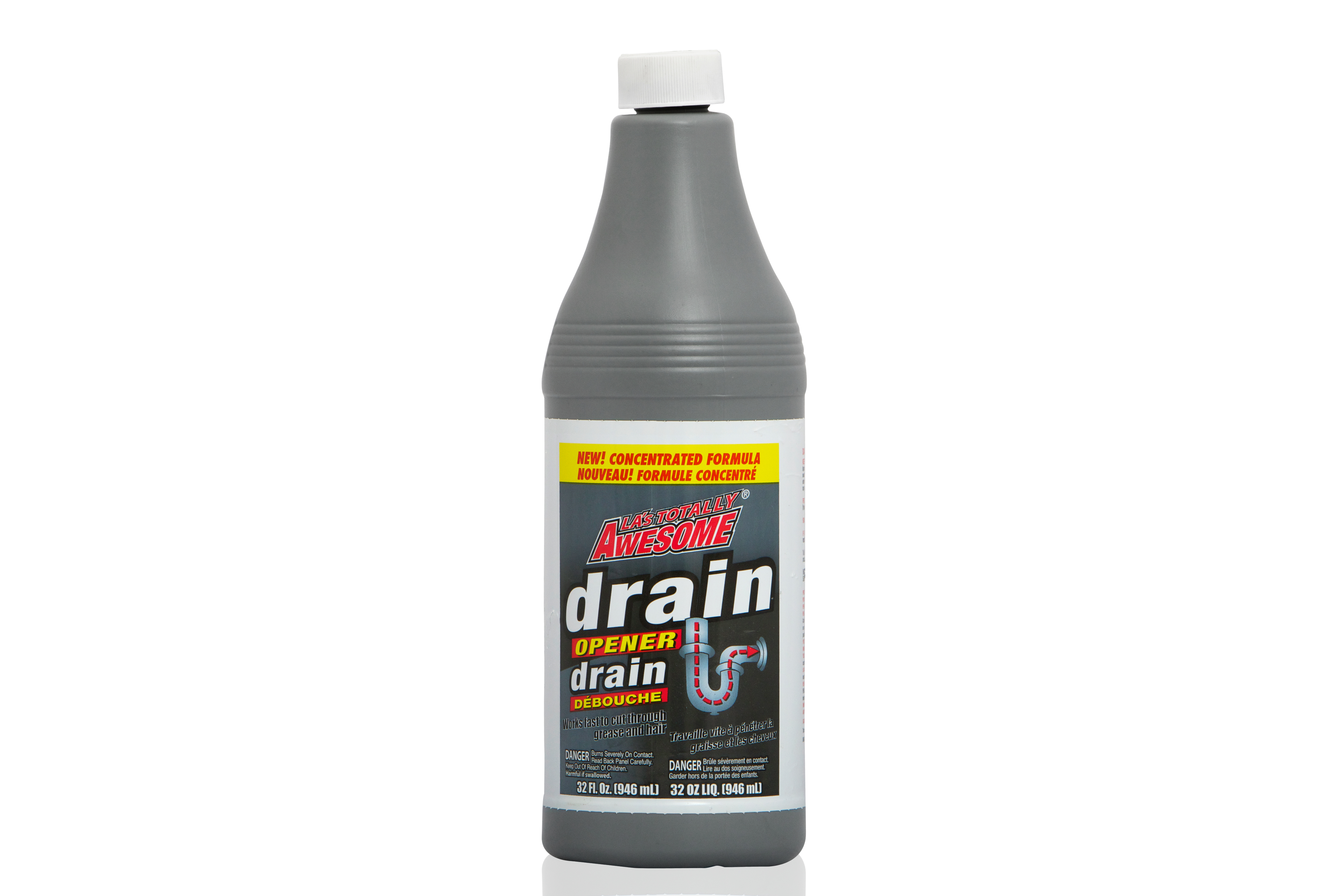

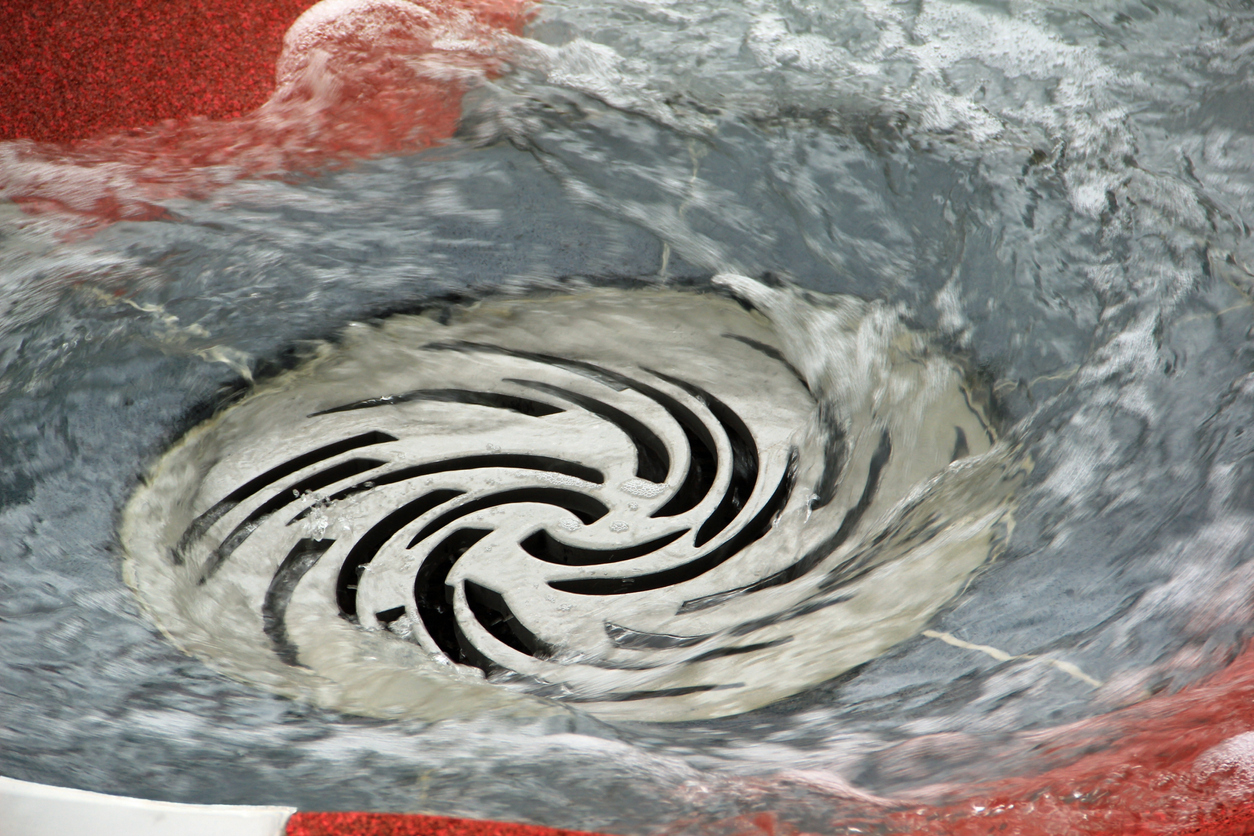


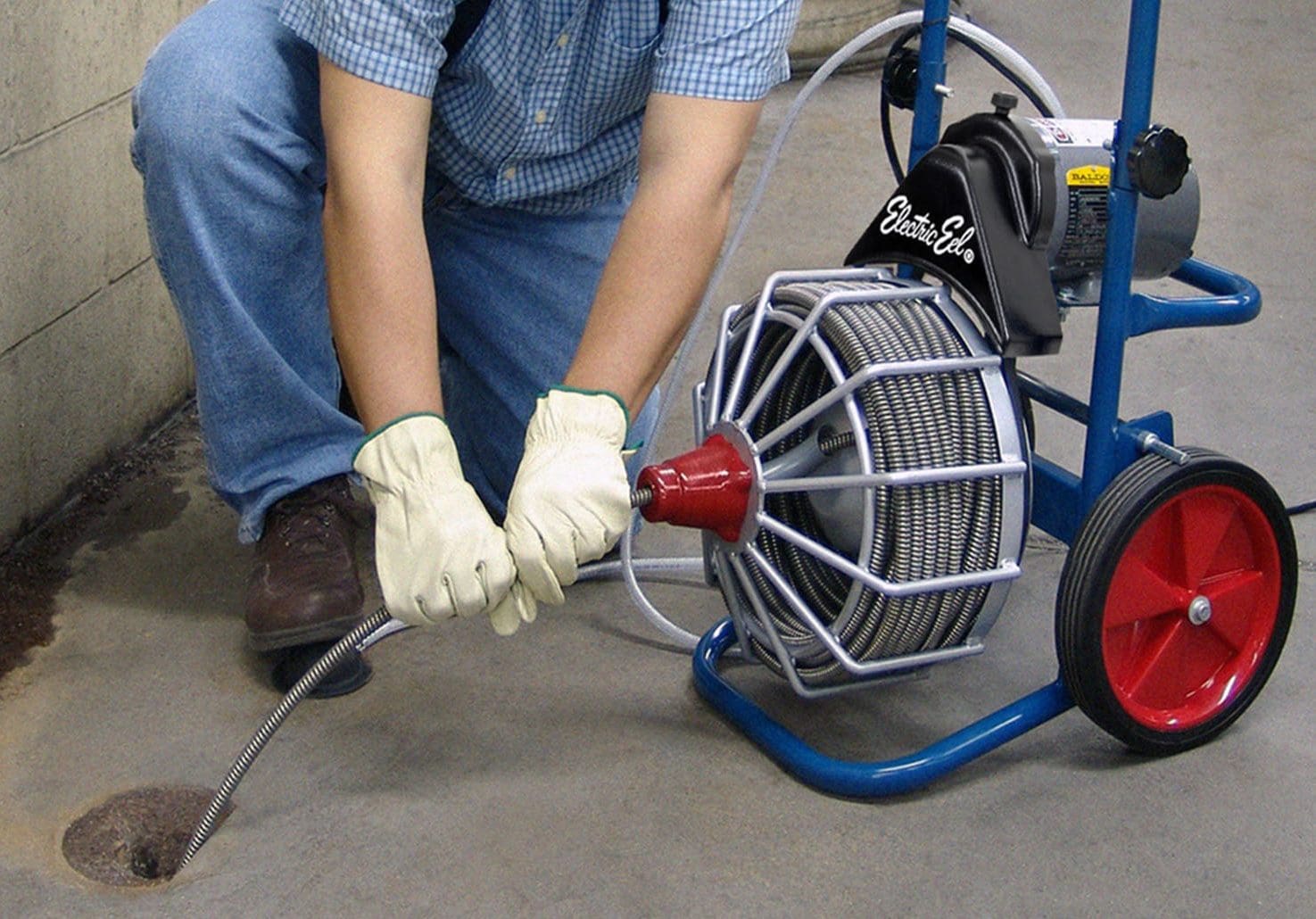


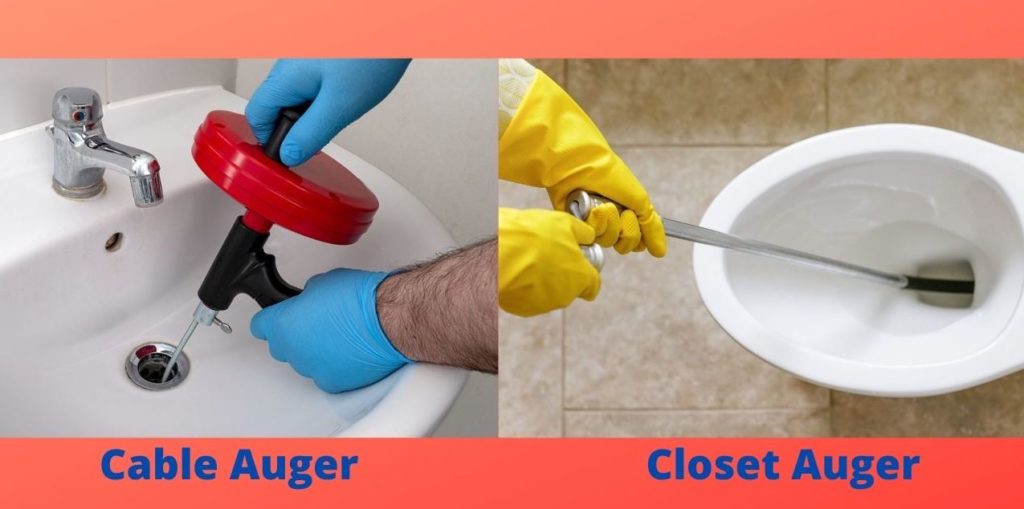
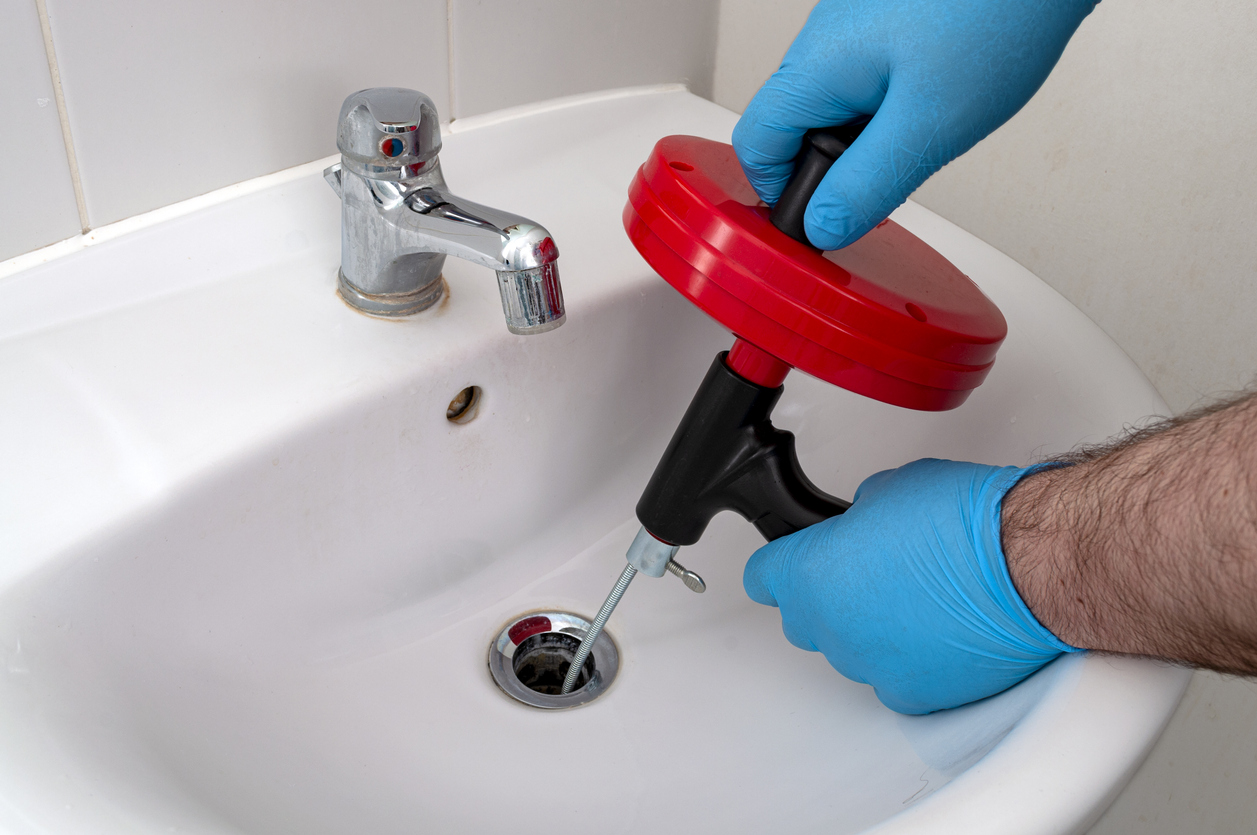


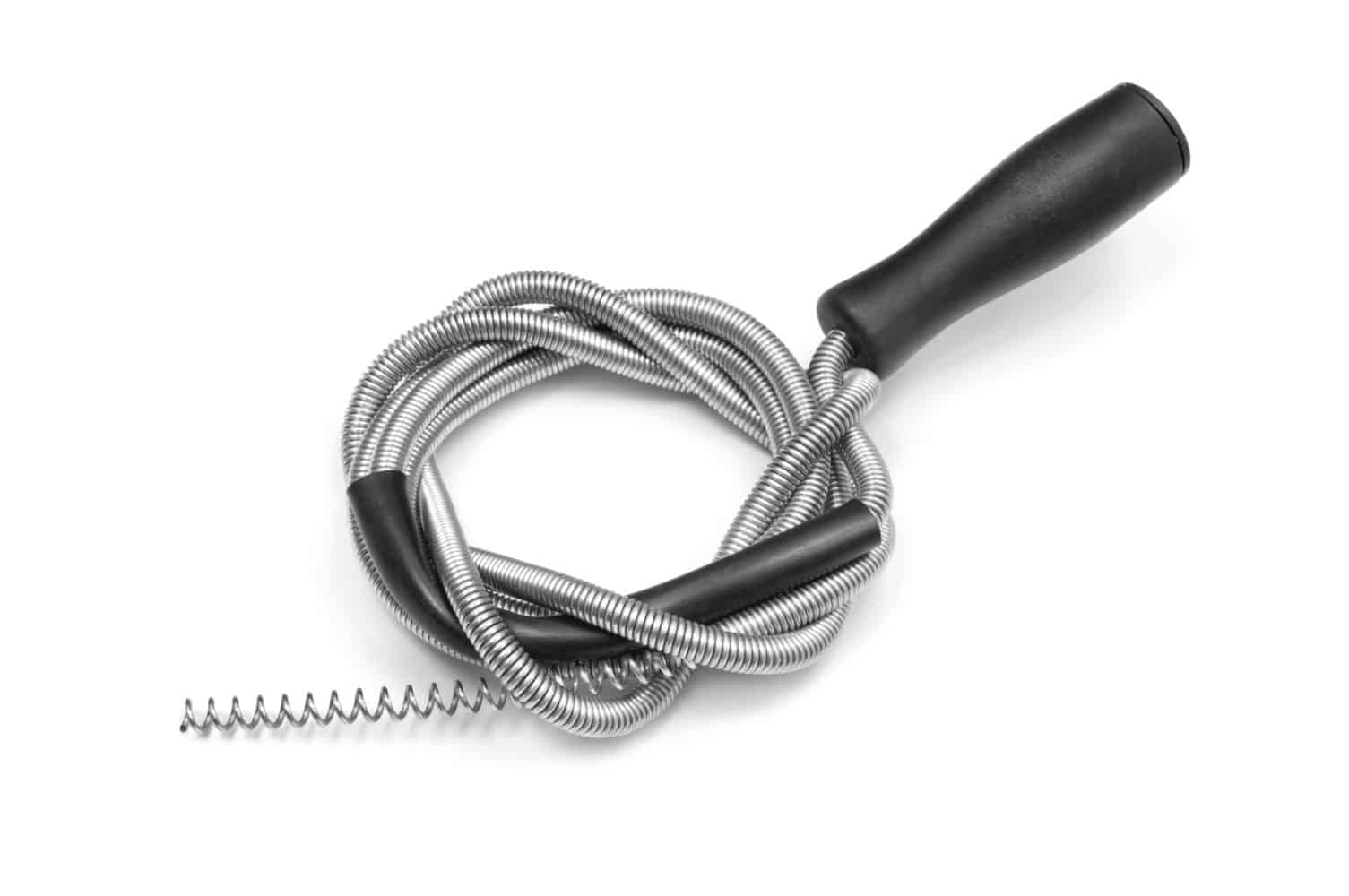

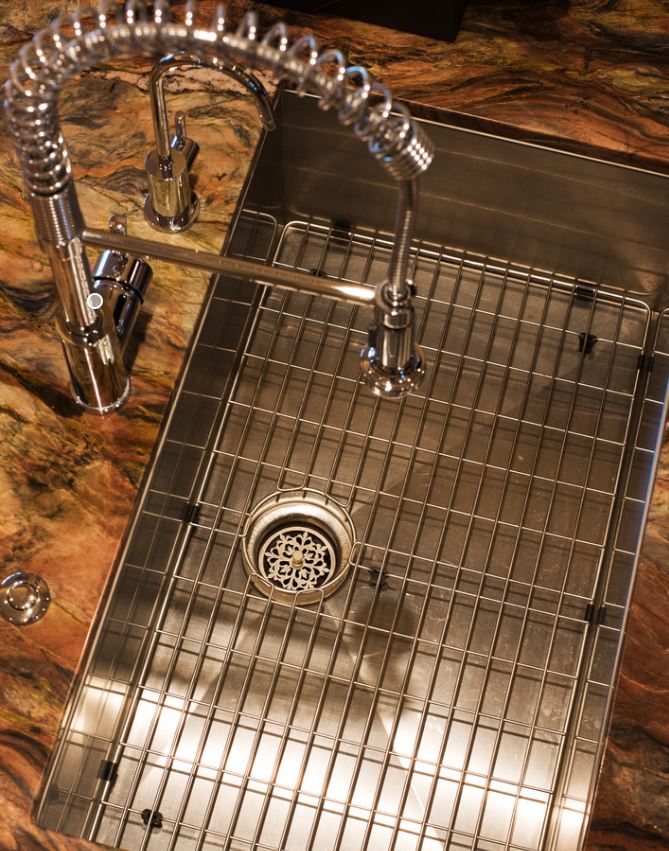
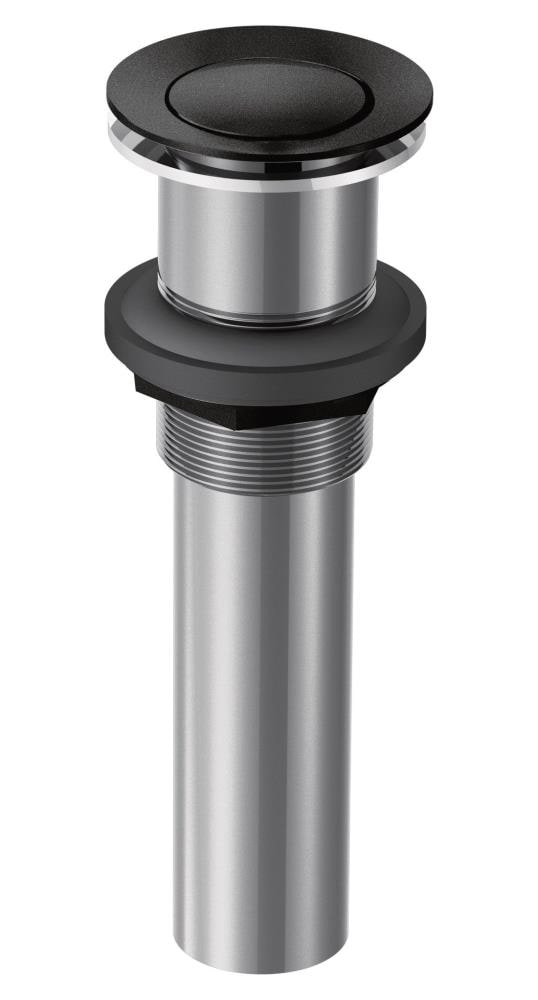
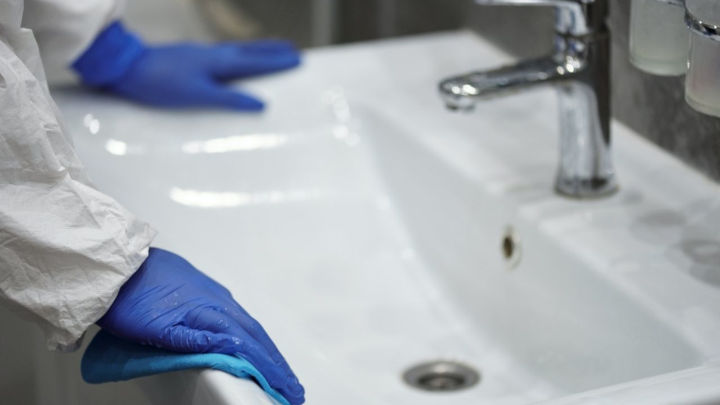
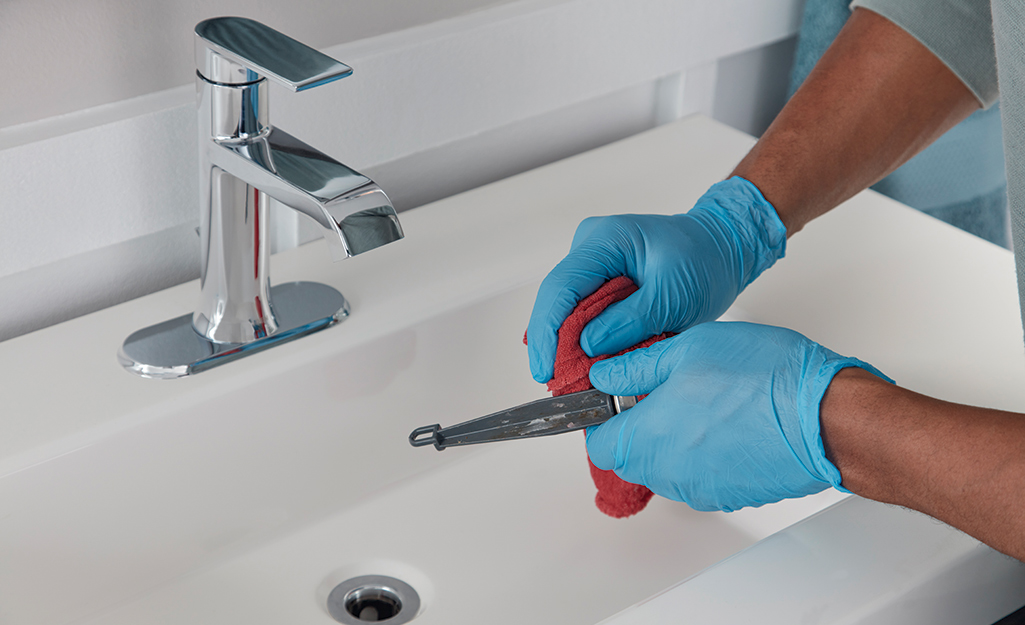
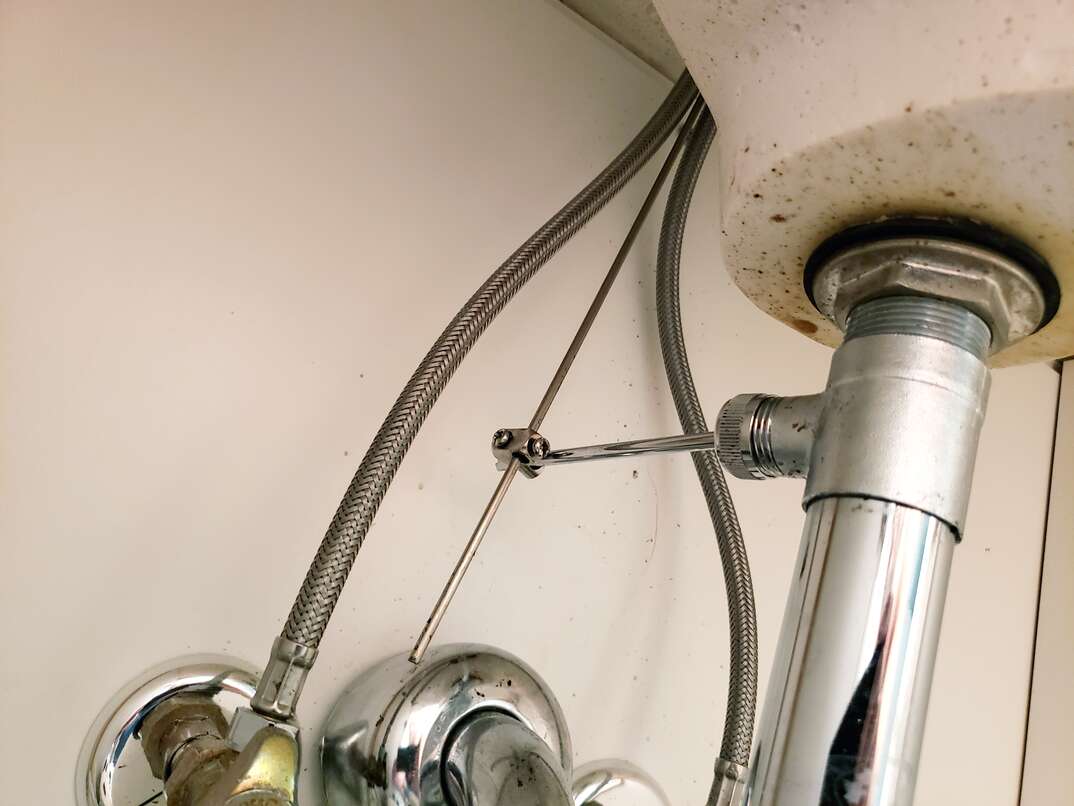





:max_bytes(150000):strip_icc()/remove-tub-stopper-clear-a-drain-2718786-06-b651d62bfb29494a824821126579e750.jpg)



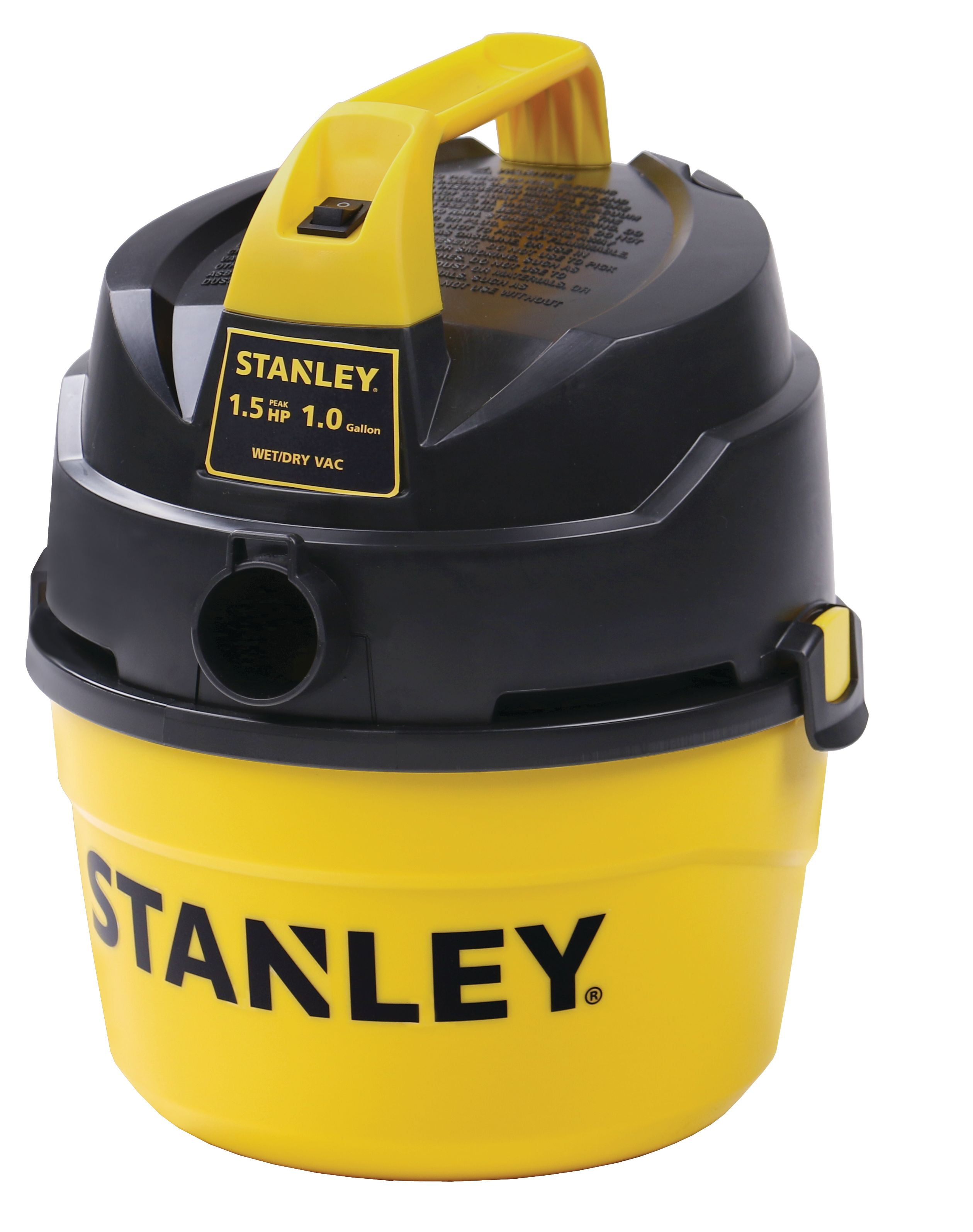





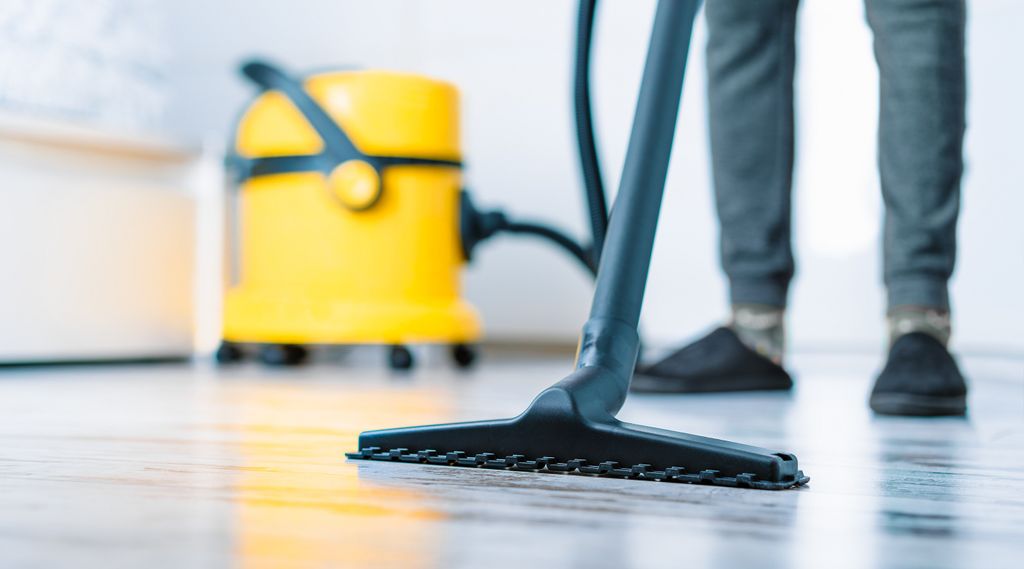










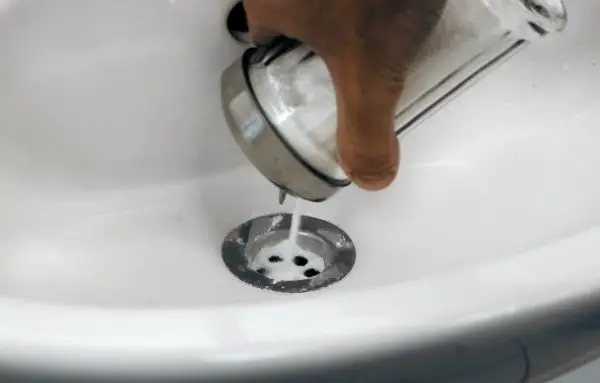





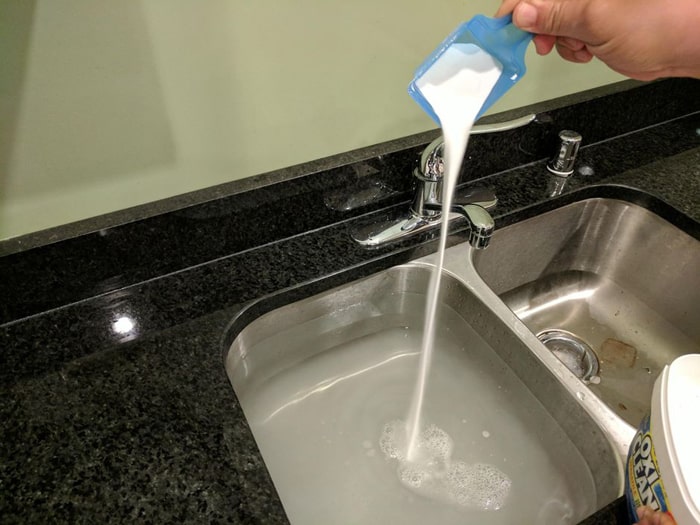
:max_bytes(150000):strip_icc()/using-baking-soda-sodium-bicarbonate-and-white-vinegar-for-home-cleaning--white-vinegar-in-spray-bottle-and-baking-soda-in-glass-jar--1218750099-f72602f5daad46538305730fd9b10ae5.jpg)


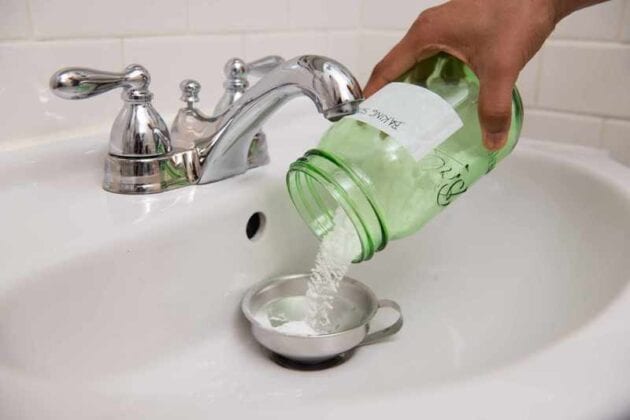



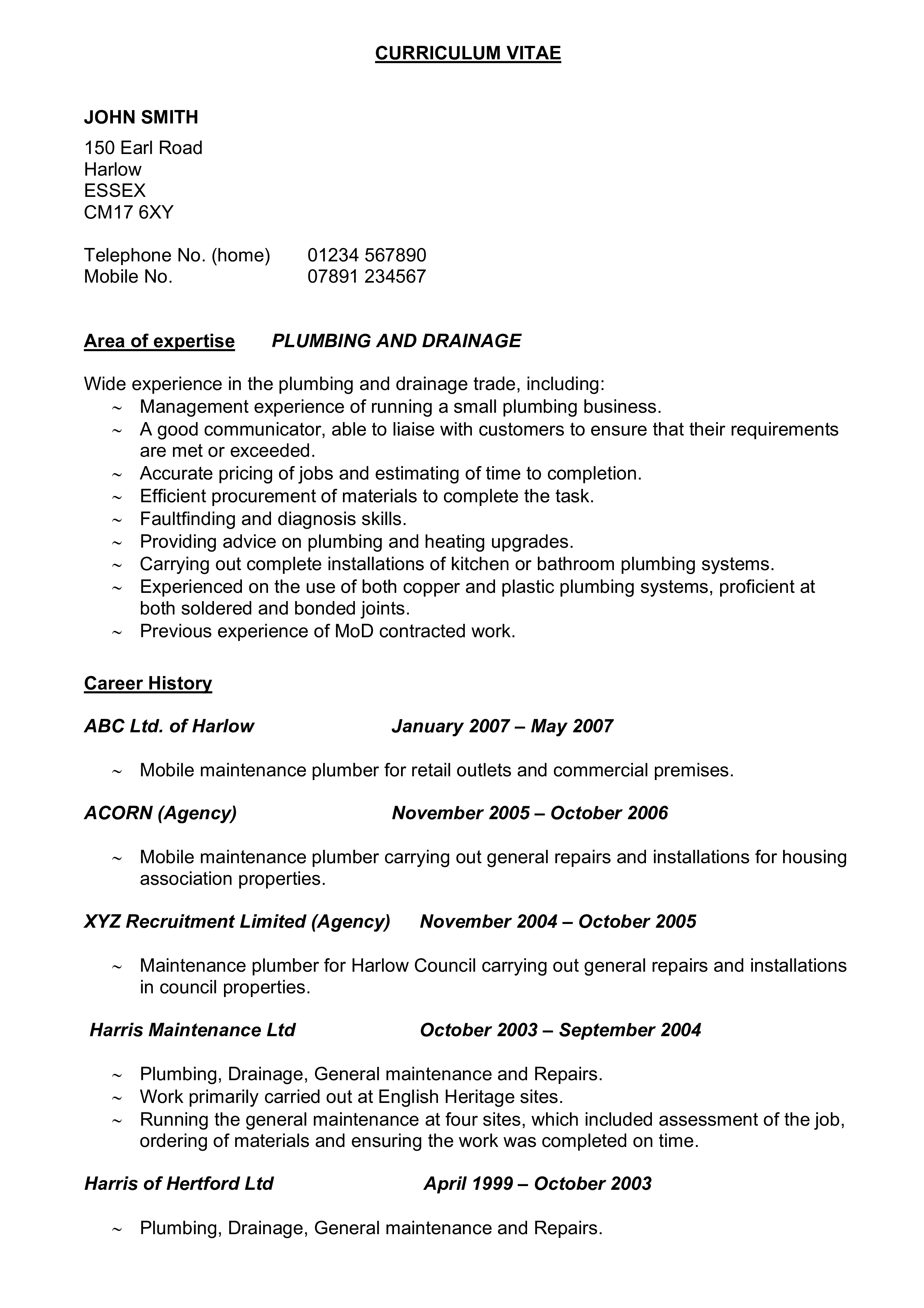
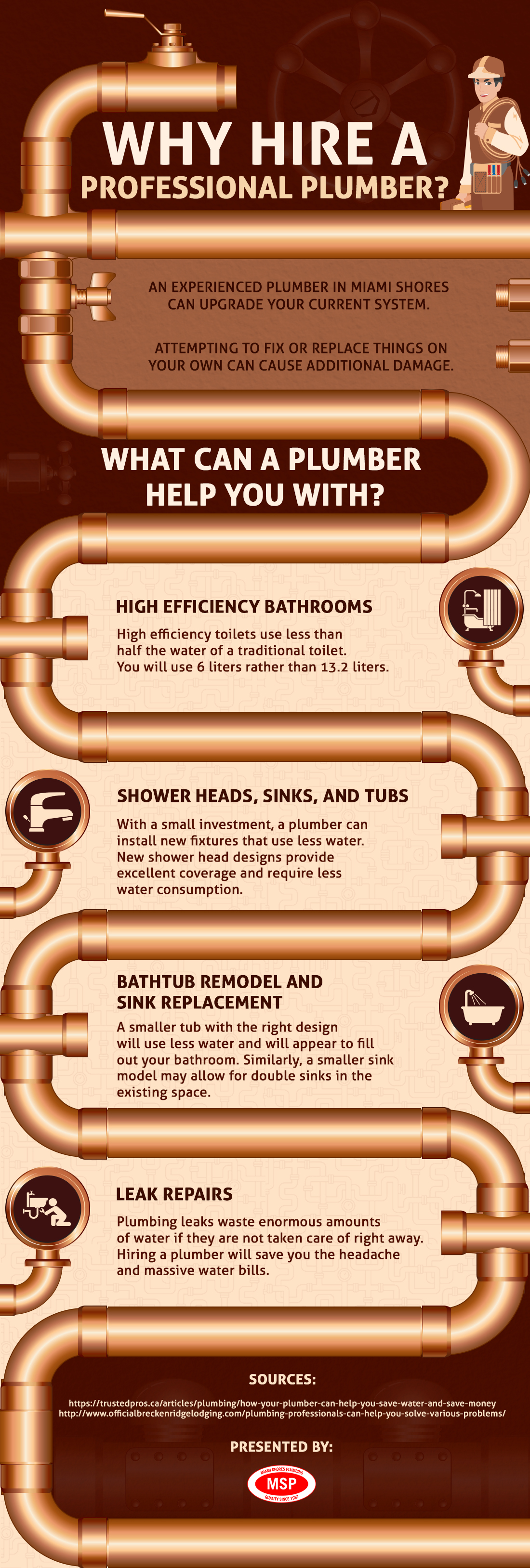











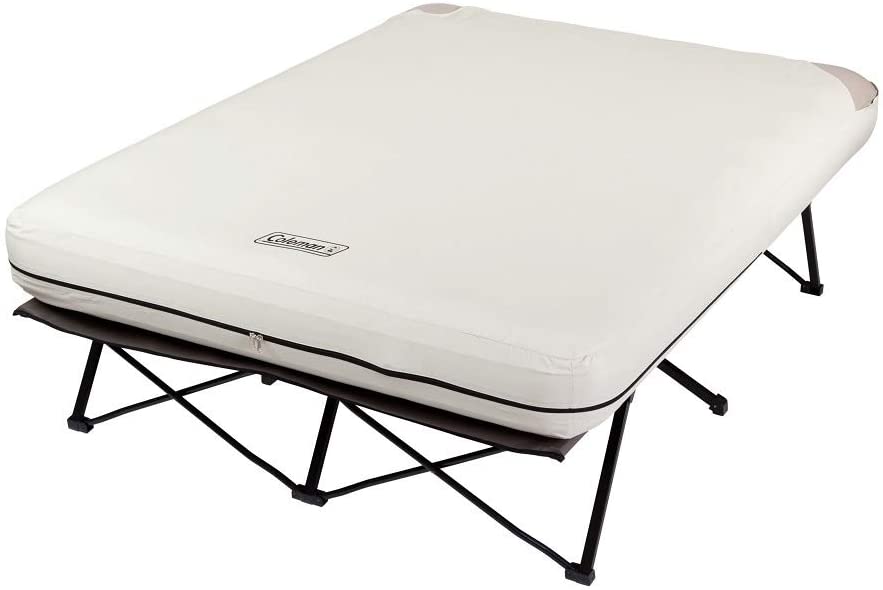
/small-living-room-ideas-4129044-hero-25cff5d762a94ccba3472eaca79e56cb.jpg)



